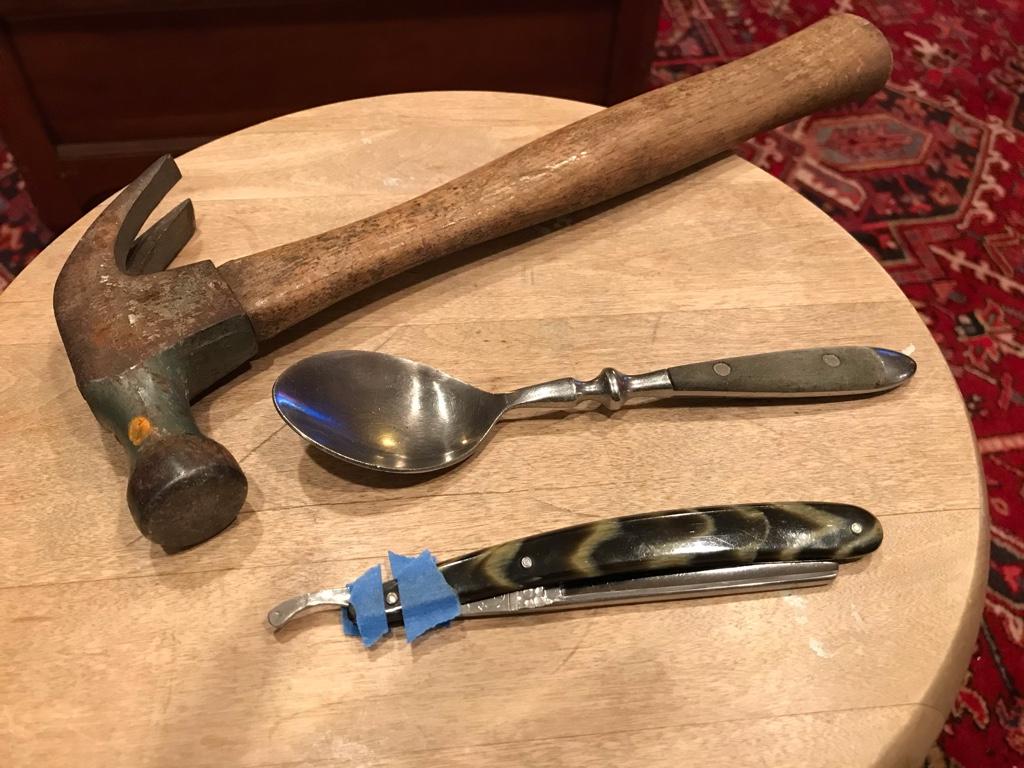I wasn't able to find much about this topic.
Now that I have been using a traditional straight for almost five months, the hinge pins on some of my razors are beginning to loosen up, especially the pin on one of my first straights - a Dovo Carre whose pin was on the looser side when I bought the razor new. While stropping, I try to primarily hold the razor by the blade and only gently wrap my fingers around the scales to avoid putting pressure on the hinge pin, but I feel like I am still putting too much pressure on the hinge pin and possibly contributing to the pin loosening up. I should also add that I try to be very careful about not getting water on the hinge pin when shaving and honing.
Does anyone have any insight into how to hold the razor while stropping to avoid putting pressure on the hinge pin, as well as any other general guidance about hinge pins?
Now that I have been using a traditional straight for almost five months, the hinge pins on some of my razors are beginning to loosen up, especially the pin on one of my first straights - a Dovo Carre whose pin was on the looser side when I bought the razor new. While stropping, I try to primarily hold the razor by the blade and only gently wrap my fingers around the scales to avoid putting pressure on the hinge pin, but I feel like I am still putting too much pressure on the hinge pin and possibly contributing to the pin loosening up. I should also add that I try to be very careful about not getting water on the hinge pin when shaving and honing.
Does anyone have any insight into how to hold the razor while stropping to avoid putting pressure on the hinge pin, as well as any other general guidance about hinge pins?


